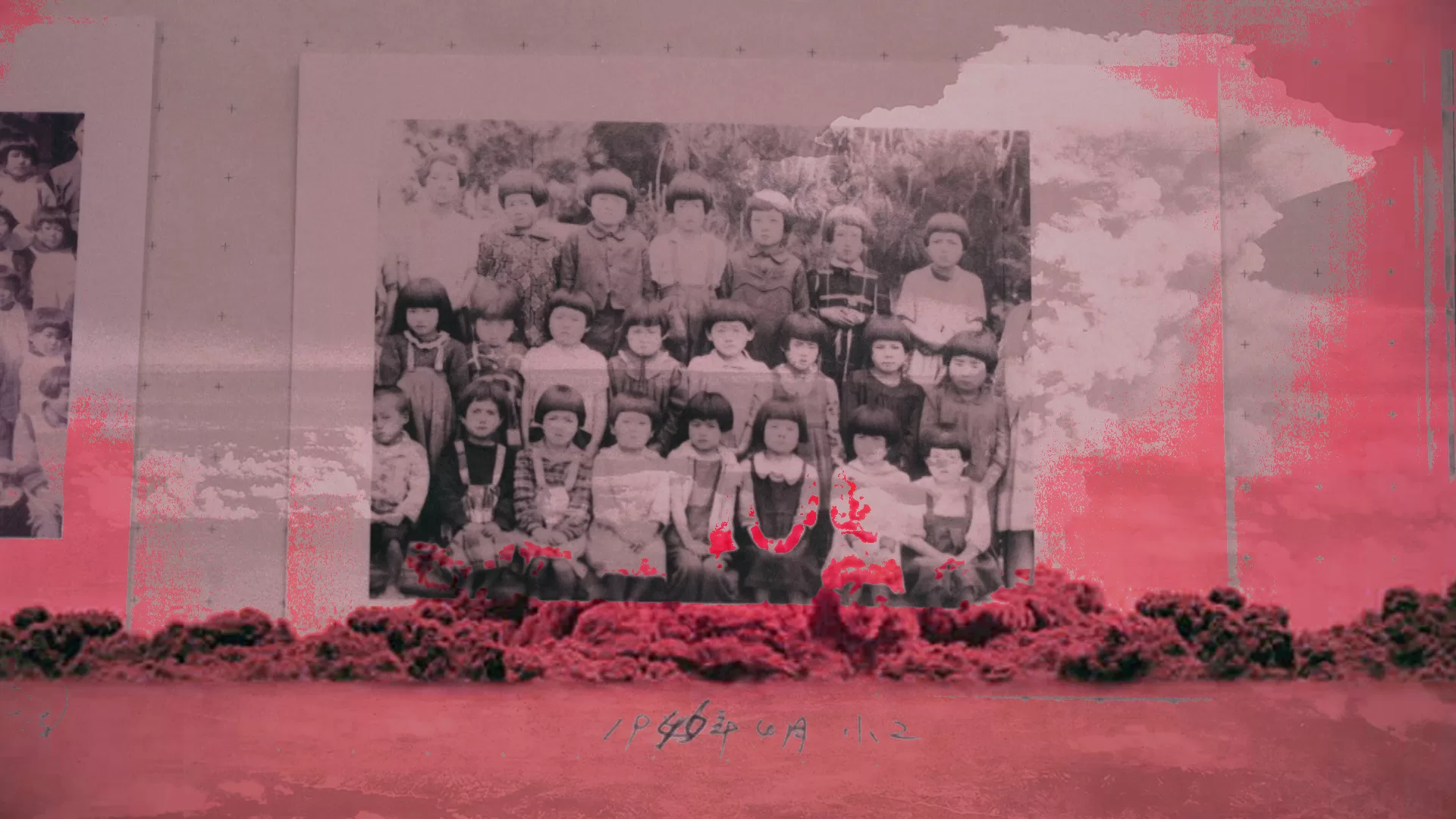Hawaiians respond to a threat of nuclear attack and a survivor tells of coping with the Hiroshima bombing.
It is 41 minutes and 40 seconds to midnight in Honolulu. Heat rises from the asphalt in Hawaii’s capital. It is a beautiful day and people are out for strolls and running errands. Suddenly, sounds of sirens cut through the air. TV broadcasts, radio shows, and mobile phones are flooded with the following message: “Ballistic missile threat inbound to Hawaii. Seek immediate shelter. This is not a drill.” Panic descends throughout the island. Thousands of goodbye messages to loved ones are sent – even ones containing dramatic declarations or confessions. It took authorities almost one hour to let people know this was an error. We hear from people who tell us how they coped with the frightening events of this day in 2018.
We also hear of the harrowing experience of surviving an actual nuclear attack. Toshiko Tanaka was six years old when the United States dropped an atomic bomb on her city of Hiroshima. “I remember the horror of that day: blinding light like thousands of strobe lights, my body thrown to the ground.” The atomic bombings of the Japanese cities of Hiroshima and Nagasaki in 1945 were the only time nuclear weapons have been used. Today, about 120,000 Hibakusha – survivors of the bombings – are still alive. Tanaka tells us of her life as one of these survivors, and of the work those bombings inspired her to do. She is 84 years old now and has dedicated her life to fighting against nuclear proliferation.
